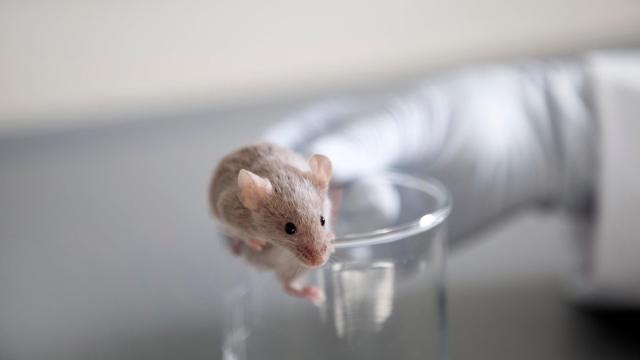As part of the next phase of human spaceflight beyond Earth, one question remains when it comes to the exploration, and possible colonisation, of another world: Can we have babies in space?
In a new experiment, mouse embryos were grown on board the International Space Station (ISS) in what is possible indication that humans may be able to reproduce in space. The results, which were published in iScience, showed that the microgravity environment had little to no effect on how the embryos developed—at least during the very early stages of development.
As part of the experiment, a group of researchers fertilized mouse embryos and developed them to a two-cell stage before freezing them. The embryos were then launched to the space station in August 2021 on board a SpaceX rocket. In space, astronauts on board the ISS thawed the frozen mouse embryos and cultured them for four days. The astronauts then chemically preserved the embryos and sent them back to Earth to be analyzed.
The group of scientists behind the study found that the embryos grew into blastocysts, a cluster of cells made by a fertilised egg that develop into the fetus and placenta, with a normal number of cells. Their analysis also showed that there were no significant changes in the condition of the DNA and genes.
“There is a possibility of pregnancy during a future trip to Mars because it will take more than 6 months to travel there,” Teruhiko Wakayama, a researcher at the University of Yamanashi in Japan, and lead author of the new study, is quoted as saying in New Scientist. “We are conducting research to ensure we will be able to safely have children if that time comes.”
As part of its Artemis program, NASA wants to establish a sustainable human presence on the Moon, which could later lead to the first human landing on Mars. There, the ultimate goal is to build human habitations on the Red Planet for long term missions.
Previous research has suggested that space travel affects women’s reproductive systems, destroying primordial follicles (immature early-stage eggs that remain dormant in the ovaries until they’re triggered to grow and develop into mature eggs). During the Artemis 1 mission, two mannikins were strapped on board the Orion capsule to test the effects of space radiation on women.
This is a good early indication for the survival of embryos in space, but plenty of additional research still needs to be done. Four days of fetal growth takes the embryo through the first 20% of a mouse’s total gestation period, leaving giant gaps in our understanding of development through the subsequent, and equally critical, stages of pregnancy.
Further investigation is crucial to fully understand the impacts of space environments—especially the absence of gravity and the lingering effects of radiation—on the entire gestational process. Ensuring the safe and healthy development of mammals for potential future reproduction in space is a critical goal that encompasses a range of species, from mice to humans. And on that note, mouse studies can be very limited in terms of what they tell us about human reproduction and development due to significant biological and physiological differences between the two species.
This is not to say that mammalian reproduction isn’t possible in space. We simply don’t know yet.
